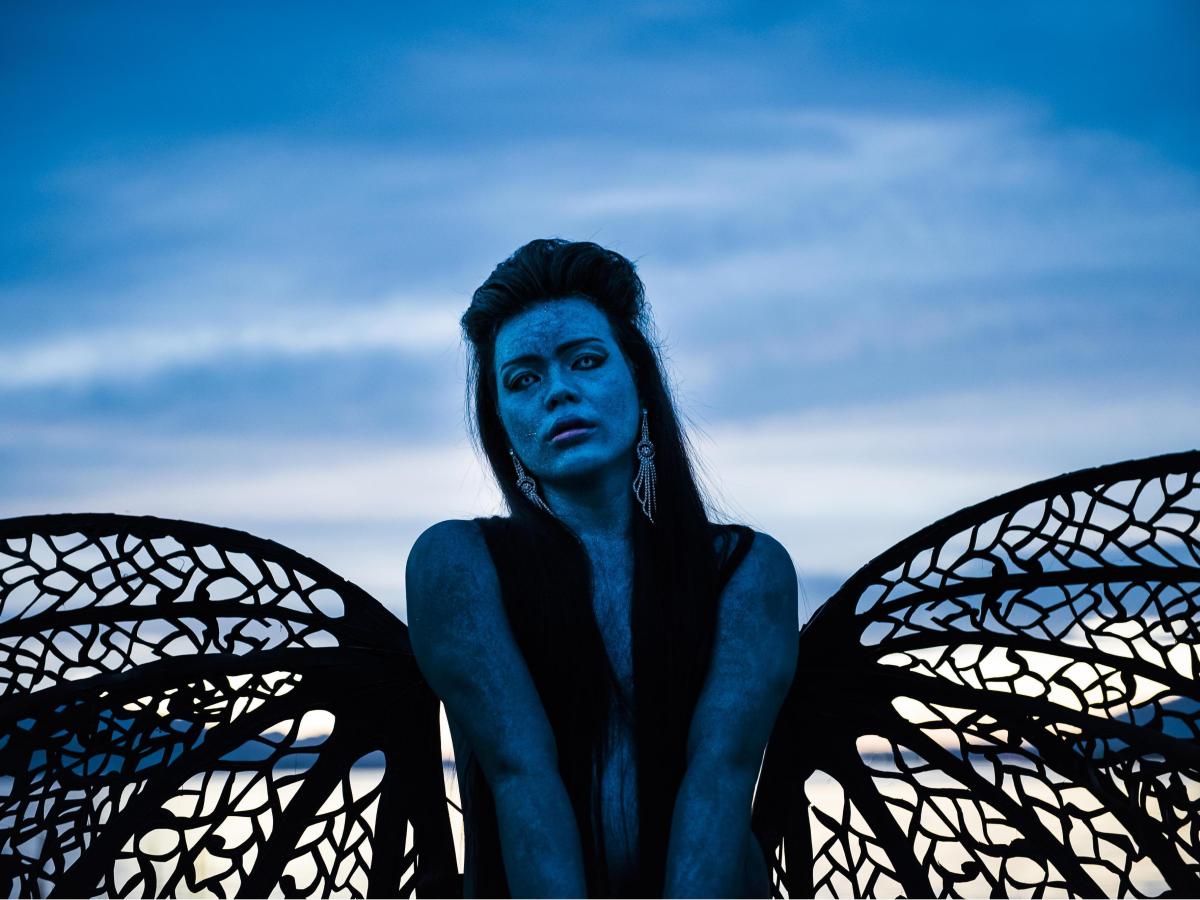Image: Justin Shoulder & Bhenji Ra in collaboration with Jai Jai. Ex Nilalang: Balud (production still) 2015. Single-channel HD digital video, 16:9, colour, sound. Photograph: Gregory Lorenzutti. This project was assisted by a grant from Arts NSW, an agency of the New South Wales Government and supported by the Visual Arts and Craft Strategy, an initiative of the Australian State and Territory Governments. The program is administered by the National Association for the Visual Arts (NAVA).Developed for APT. Image courtesy the artists.
Like those born on 29 February in a leap year, the number of iterations of the Asia Pacific Triennial of Contemporary Art (APT) belies its real vintage. With years of development behind each staging, APT has grown into the most significant exhibition of contemporary art from our region.
Maud Page, Deputy Director, Collection and Exhibitions at the Queensland Art Gallery and Gallery of Modern Art (QAGOMA), explained that APT is unique because of its complex evolving structure.
‘We don’t bring in a curator and then look at the world in a different way each time. We’re interested in longevity of engagement with our region.’
Building on existing knowledge and relationships, the APT is not only able to be on the cutting edge, but also able to create a continuity of discussions and into regional change and development.
While recent iterations have not been specifically themed, QAGOMA took a different approach to APT8. Conversations and research trips began with two ideas in mind – the prevalence of performance, and the idea of figuration and the body. ‘Performance has been an integral part of APT since it started, and in APT7 performance and figuration appeared quite prominently,’ recalled Page.
APT8 sees the introduction of a full performance program APT Live, taking into account the social, political and environmental shifts that have taken place over the past three years. ‘This APT feels incredibly pertinent and relevant, and there’s an immediacy to it that I find incredibly exhilarating,’ enthused Page.
APT8 breaks new ground, with artists from Mongolia, Nepal, the Kyrgyz Republic and Georgia being exhibited for the first time. ‘To go to West Asia seems a natural extension for us. We’ve been looking at the region for a while and as our knowledge and contacts build we look a little further.’
‘It’s been interesting to draw comparisons between West Asia, Asia and the Pacific, to see if there have been any recurring themes,’ Page explained. ‘It’s been the first time we’ve been able to visit Mongolia. Our curator Reuben Keehan travelled there and looked at artists working with customary knowledge and designs to address contemporary concerns about financial and social constraints, and the labour-driven movement of people across the globe which is another thread running through the exhibition.’ Another theme arising from curatorial investigation into West Asia has been religion. ‘There’s an interrogation of faith in this APT that’s very broad, nuanced and will raise a lot of questions,’ mused Page.
With the exhibition taking over galleries in both QAG and GOMA, there is plenty to discover for visitors of all stripes. ‘The magic of APT is that there is something for everyone,’ Page believes, and it’s hard not to agree when surveying the offerings including an award-winning children’s art program, live events, cinema program, and conference. But it’s the artworks that sit at the core of the Triennial, and Page revealed that the whole of GOMA will be dedicated to exhibiting them.
Upon entering it will be hard to miss Asim Waqif’s 57-metre long sprawling timber sculptural installation. The work will lead the visitor through all of GOMA’s exhibition spaces in spectacular fashion.
The diaspora has been a prevalent idea throughout previous Triennials, and APT8 is no different. Australian artists Justin Shoulder and Bhenji Ra draw on their Filipino heritage, bringing an outrageously camp element to folk stories and discussing the diaspora in a unique way.
Across the way at the Queensland Art Gallery site, Dubai-based Iranian artists Ramin and Rokni Haerizadeh, with American artist Hesam Rahmanian, have produced a new installation which is a recreation of studio, bringing together their personal collection with major works. ‘They have an interesting take on history and religion, and have created a visual wunderkammer,’ revealed Page.
The iconic water mall in QAG will be transformed by South Korean artist Haegue Yang. Yang’s huge installation utilises the everyday vernacular form of the venetian blind, transforming it into a beautiful and spectacular sight and site.
Size isn’t everything of course, and those who enjoy a more intimate viewing experience will encounter within the galleries smaller works that are equally compelling, including sculpture, moving image, installation, and painting. ‘There’s richness in this show that will make people want to return and look at things,’ Page predicted.
True to form, Page and the APT team are already looking to the future and for opportunities to expand on existing research and networks. ‘In the next three years for APT9 we will be able to look at aspects of contemporary practice that are different again,’ she said.
It is that attitude that enables APT to keep pace with a rapidly changing region.
The 8th Asia Pacific Triennial of Contemporary Art is on show at the Queensland Art Gallery and Gallery of Modern Art from 21 November 2015 – 10 April 2016. For more information visit the website.





